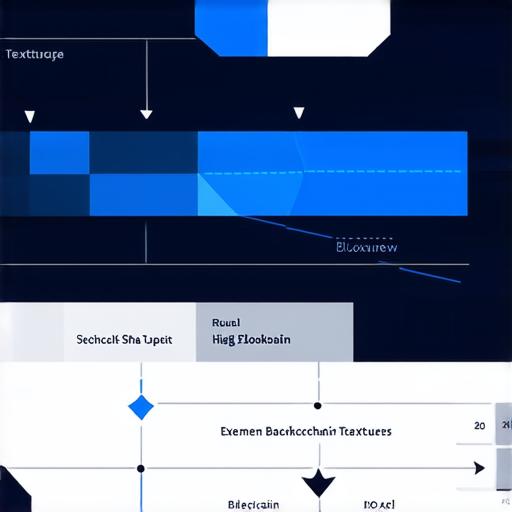Introduction
A blockchain database is a distributed database that stores data across multiple nodes in a network. It is designed to be decentralized, meaning that there is no central authority controlling the database. Instead, data is stored in blocks that are linked together using cryptographic algorithms. Each block contains a list of transactions and a reference to the previous block, creating an unalterable chain of blocks.
The following sections will provide an overview of how a blockchain database works, its features, and benefits.
How does a Blockchain Database Work?
A blockchain database operates on a consensus mechanism, where multiple nodes in the network agree on the validity of new transactions before they are added to the blockchain. This ensures that the data stored on the blockchain is accurate and tamper-proof.
The process of adding new data to the blockchain involves the following steps:
- Transactions: A transaction is a request to transfer or store data on the blockchain. For example, a user might want to send bitcoin to another user, or they might want to store their personal information on the blockchain.
- Mining: Once a transaction is received by the network, it is broadcasted to all nodes in the network. Nodes then compete to solve a complex mathematical problem, known as a proof of work. The first node to solve the problem is rewarded with new bitcoin and the right to add the next block to the chain.
- Block creation: Once a node has solved the proof of work, it creates a new block containing the transaction data and the reference to the previous block. The block is then broadcasted to all nodes in the network for validation.

- Validation: Nodes in the network validate the transactions in the new block to ensure that they are valid and conform to the rules of the blockchain. If the transactions are valid, the block is added to the existing chain of blocks, forming a permanent and immutable record of all transactions.
- Reward: The first node to solve the proof of work and add a new block to the chain receives a reward in the form of newly minted bitcoin. This incentivizes nodes to compete to validate transactions and maintain the integrity of the blockchain.
Features of Blockchain Databases
Blockchain databases have several features that make them different from traditional databases:
- Decentralization: The database is distributed across multiple nodes in a network, with no central authority controlling it. This ensures that data is secure and tamper-proof, as there is no single point of failure.
- Immutability: Once a block is added to the blockchain, it cannot be altered or deleted. This ensures that the record of all transactions is permanent and immutable, making it ideal for applications where trust and accuracy are critical.
- Transparency: All nodes in the network have access to the same information, which allows them to verify the accuracy of the data stored on the blockchain. This makes it possible to trace transactions and ensure that they conform to the rules of the blockchain.
- Efficiency: The decentralized nature of the blockchain means that transactions can be processed more quickly, without the need for intermediaries. This can result in faster and cheaper transactions, particularly for applications where speed is important.
- Security: Blockchain databases use cryptographic algorithms to secure data and prevent unauthorized access. This makes them ideal for applications where security is critical, such as financial services and supply chain management.
Benefits of Blockchain Databases
Blockchain databases offer several benefits, including:
- Security: The use of cryptographic algorithms and decentralization ensures that data stored on a blockchain is secure and tamper-proof. This makes it ideal for applications where security is critical, such as financial services and supply chain management.
- Transparency: All nodes in the network have access to the same information, which allows them to verify the accuracy of the data stored on the blockchain. This makes it possible to trace transactions and ensure that they conform to the rules of the blockchain.
- Efficiency: The decentralized nature of the blockchain means that transactions can be processed more quickly, without the need for intermediaries. This can result in faster and cheaper transactions, particularly for applications where speed is important.
- Traceability: Blockchain databases allow users to trace transactions and ensure that they conform to the rules of the blockchain. This makes it possible to track products through the supply chain and ensure that they are authentic and safe.
- Cost-Effective: The use of a decentralized network means that there is no need for intermediaries, which can result in cost savings for businesses and individuals.
Real-Life Examples of Blockchain Databases
There are several real-life examples of blockchain databases being used in various industries:
- Bitcoin: The most well-known example of a blockchain database is the cryptocurrency bitcoin. Transactions on the bitcoin network are recorded on
